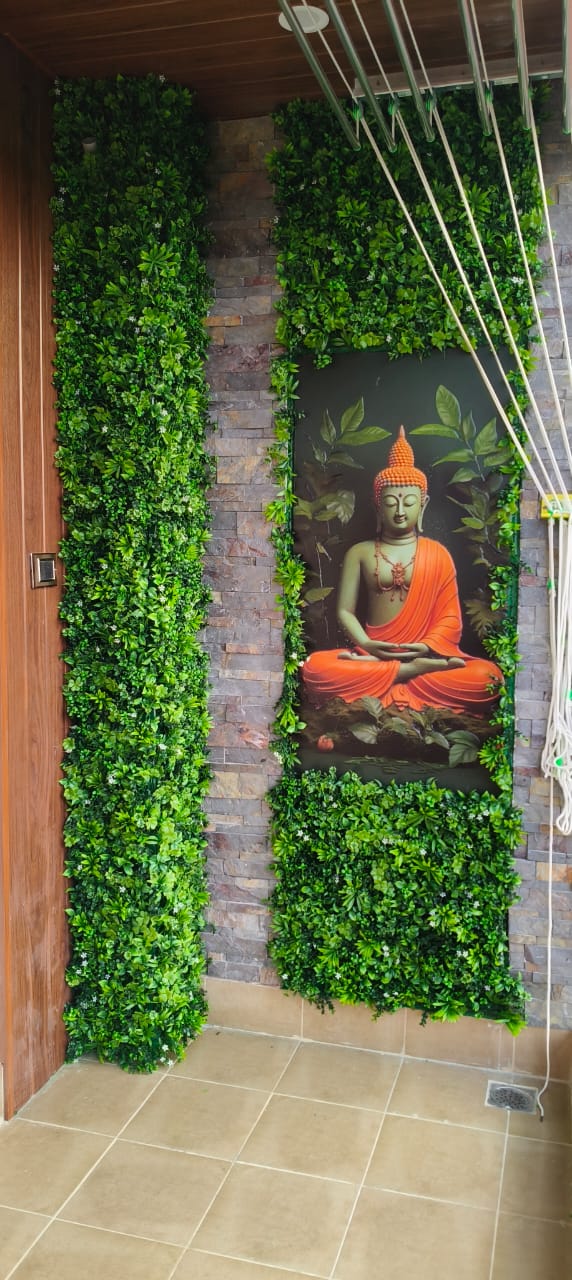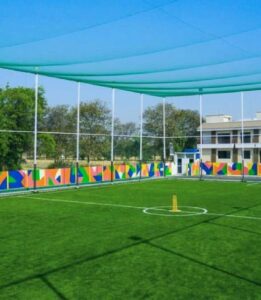Artificial Vertical Gardens: A Perfect Blend of Elegance and Practicality
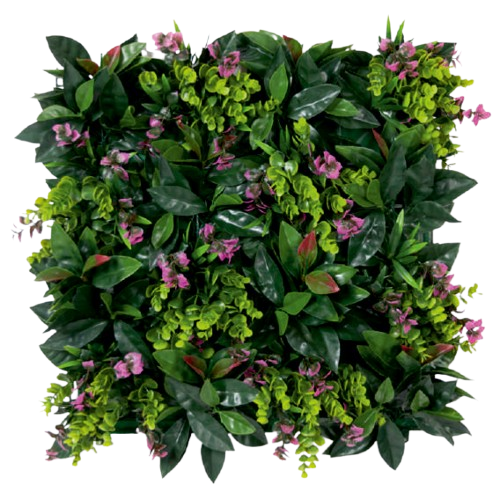
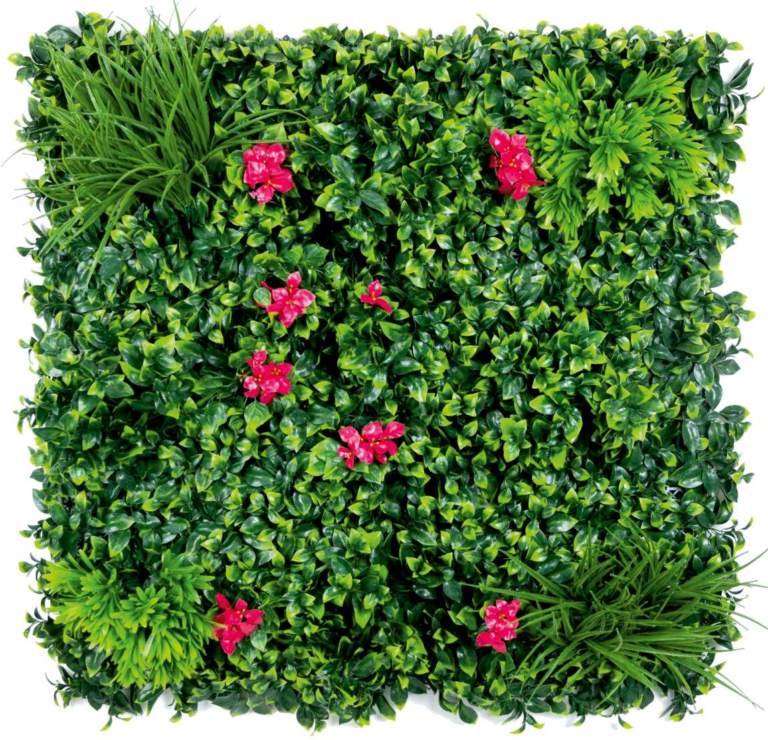
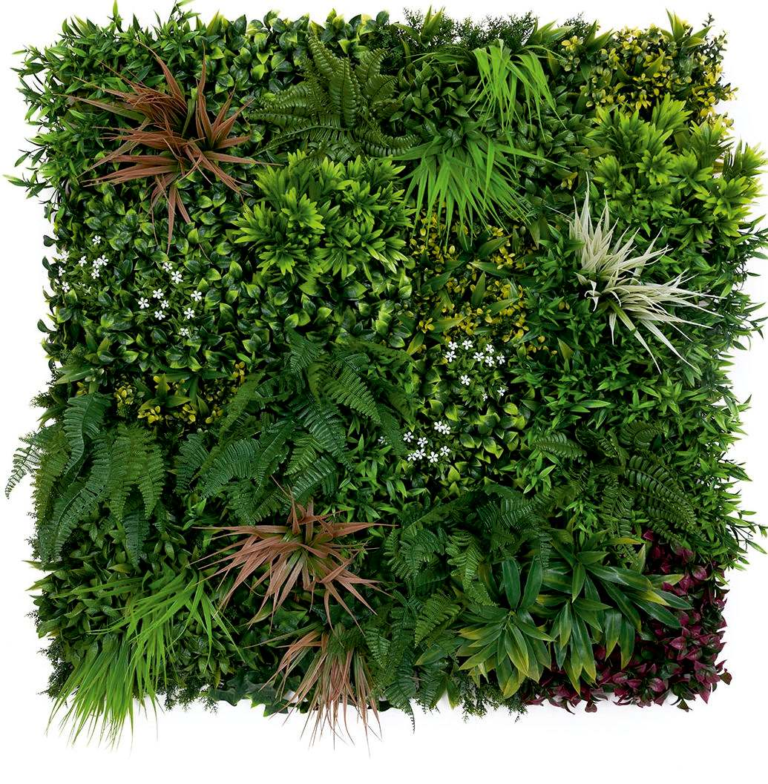
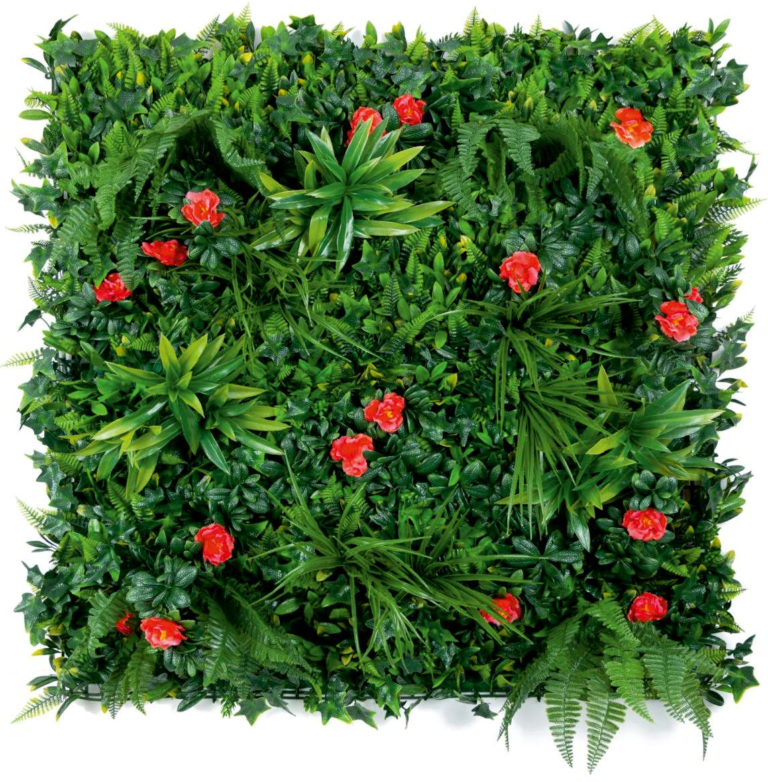

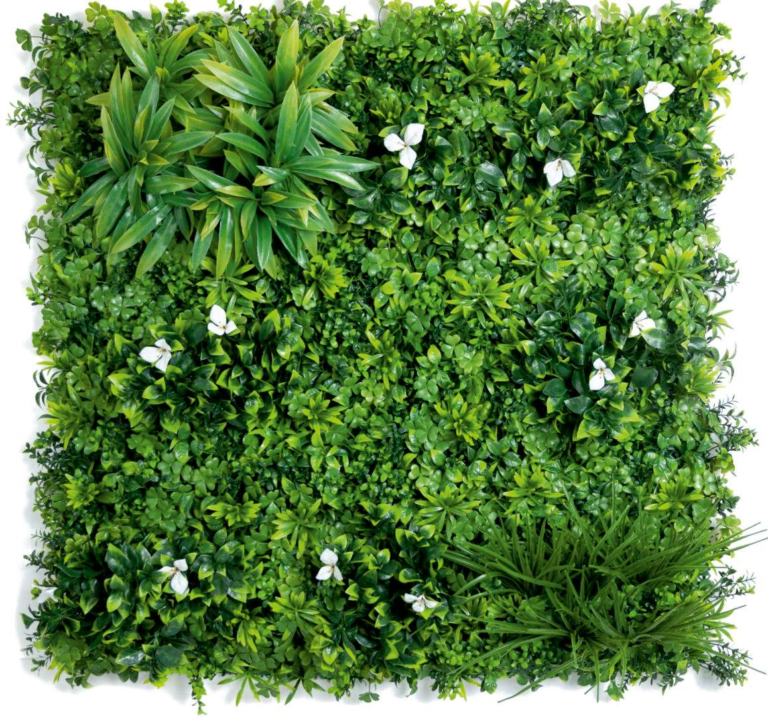
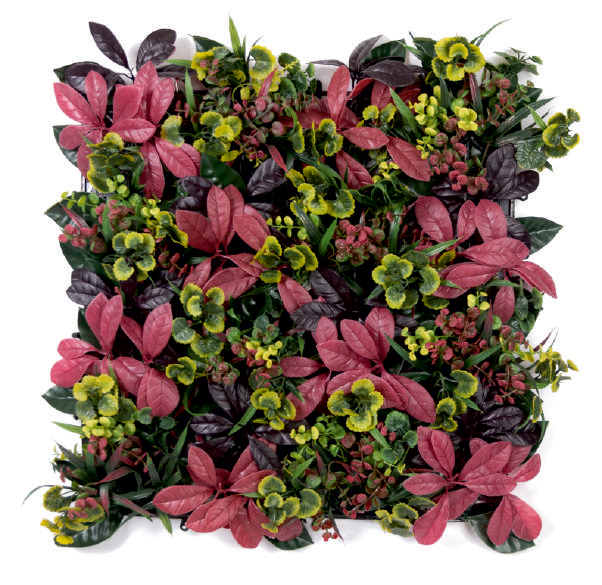
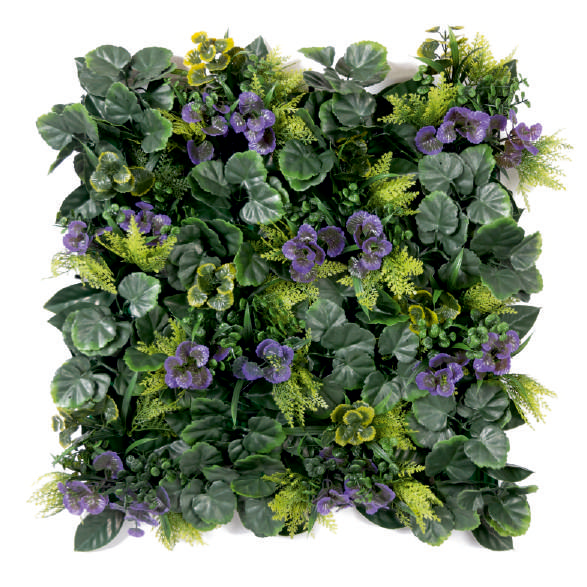
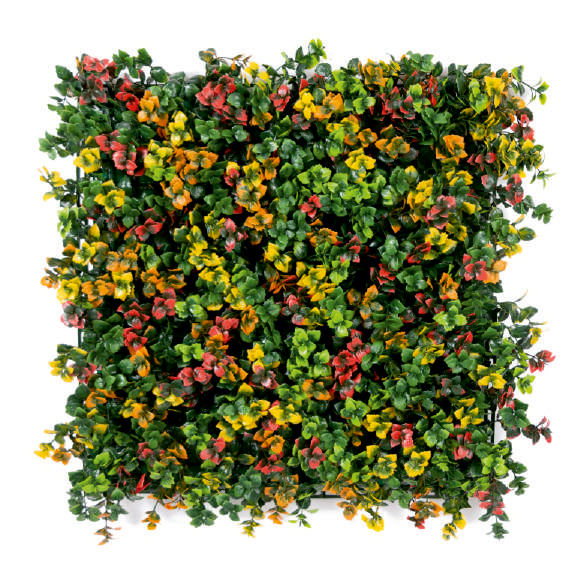
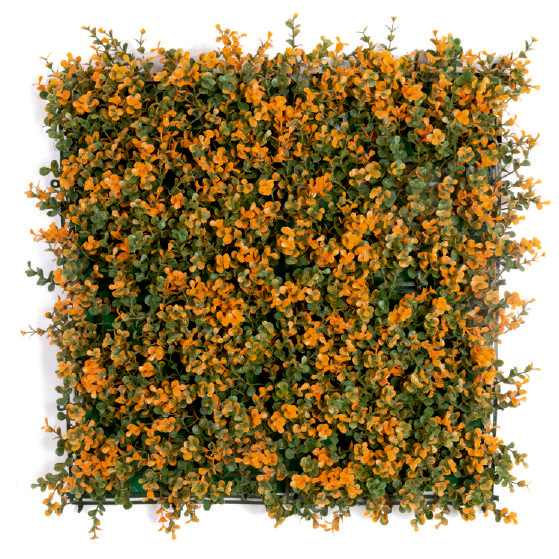
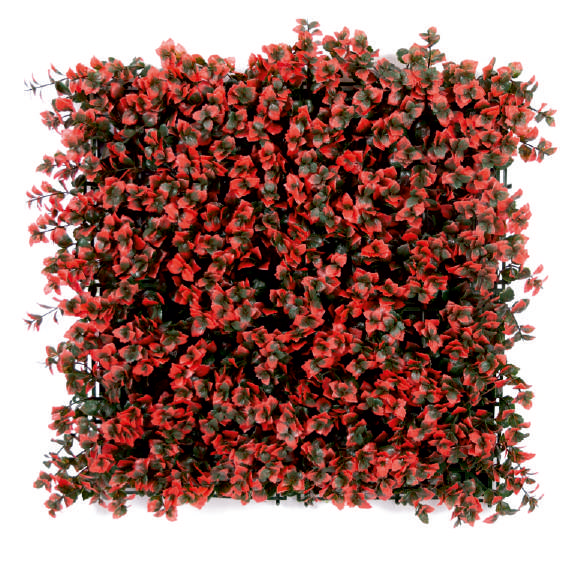
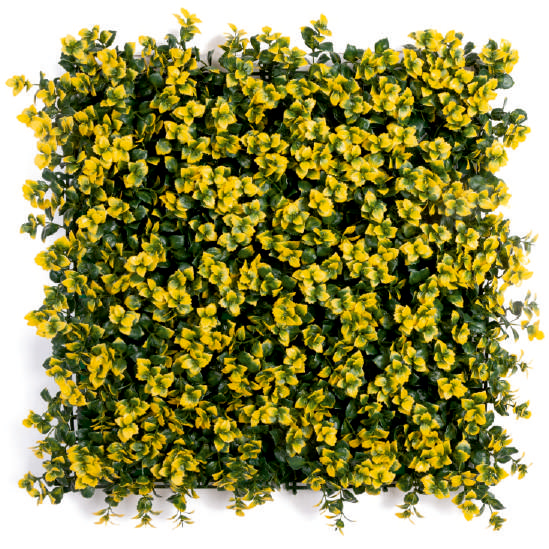
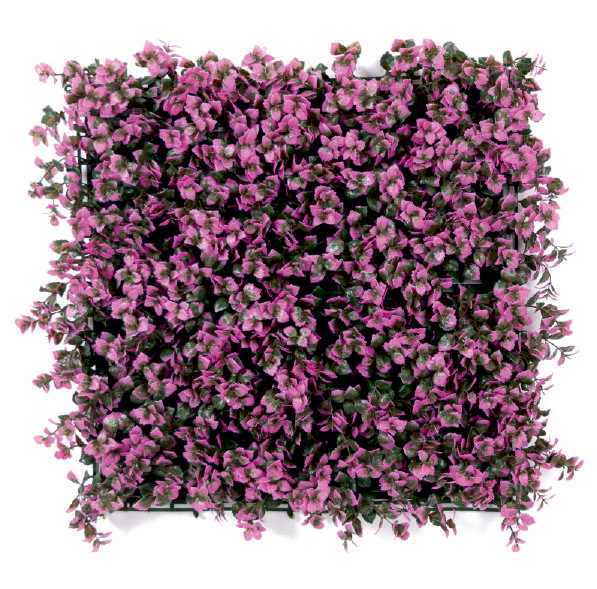
In today’s fast-paced world, not everyone has the time or resources to maintain real plants. This is where artificial vertical gardens come into play. These faux green walls replicate the lush beauty of natural greenery without the hassle of watering, pruning, or pest control. Whether for homes, offices, or commercial spaces, artificial vertical gardens are a versatile and aesthetic solution for modern interiors and exteriors.
In this blog, we’ll explore the advantages of artificial vertical gardens, how to install them, and why they are becoming a popular choice for urban spaces.
What are Artificial Vertical Gardens?
An artificial vertical garden is a decorative wall made of synthetic plants arranged on panels or frames. These gardens are designed to mimic real greenery, offering a natural look that requires minimal upkeep.
Unlike natural vertical gardens, artificial ones are made using durable materials like plastic, polyester, or UV-resistant fabrics, ensuring longevity even in outdoor conditions.
Why Choose Artificial Vertical Gardens?
Artificial vertical gardens are more than just a decorative trend—they are a practical choice for anyone seeking low-maintenance greenery. Here’s why they are a great option:
Zero Maintenance
Unlike live plants, artificial vertical gardens don’t require watering, pruning, or fertilizing. This makes them ideal for people with busy lifestyles or those lacking a green thumb.Durability and Longevity
Made from high-quality materials, artificial vertical gardens are resistant to weather changes, UV rays, and pests. They retain their vibrant colors and lush appearance for years.Cost-Effective
Although the initial cost may seem high, artificial vertical gardens save money in the long run by eliminating the need for irrigation systems, fertilizers, or regular maintenance.Versatility
Artificial vertical gardens can be installed anywhere—indoors or outdoors—without worrying about sunlight, humidity, or soil conditions.Allergen-Free
Real plants can sometimes trigger allergies. Artificial plants offer the same visual appeal without the risk of pollen or mold.
How to Install an Artificial Vertical Garden
Installing an artificial vertical garden is simpler than you might think. Follow these steps to create your green masterpiece:
Measure the Wall
Determine the dimensions of the area you want to cover to ensure you purchase the right number of panels.Choose the Right Panels
Artificial vertical garden panels come in various designs and styles, such as ivy, ferns, succulents, or mixed greenery.Prepare the Wall
- Clean the wall surface to ensure the panels stick or hang securely.
- For larger installations, consider using a wooden or metal frame for added support.
Install the Panels
- Use screws, hooks, or adhesive strips to attach the panels to the wall.
- For outdoor installations, ensure the panels are secured tightly to withstand wind and rain.
Customize the Design
Add decorative elements like artificial flowers or lights to personalize your vertical garden.

